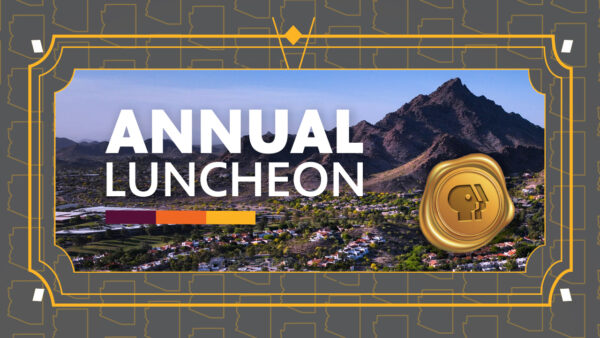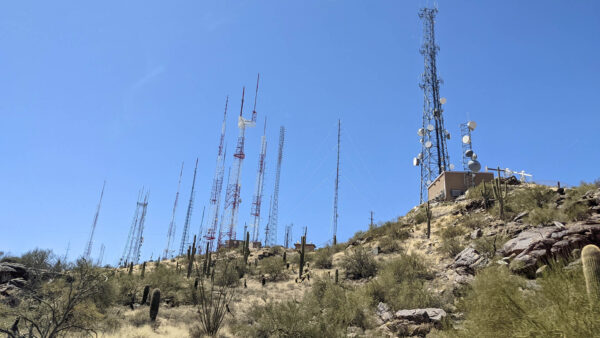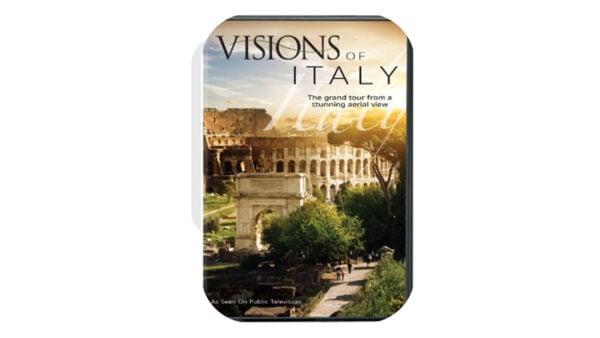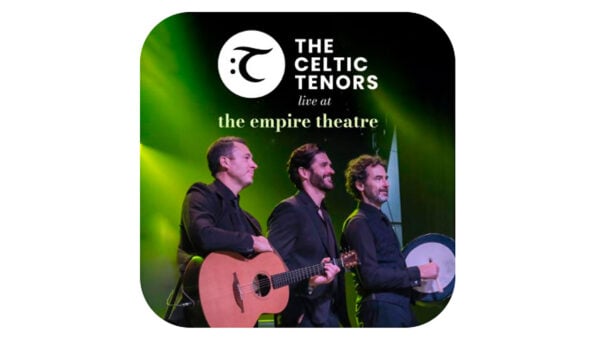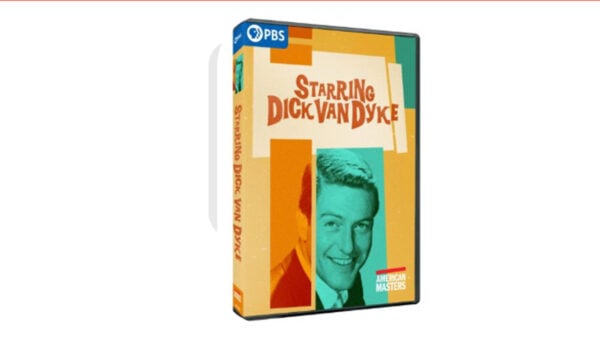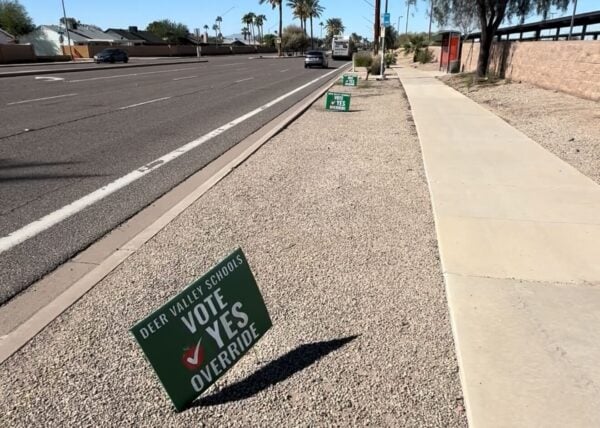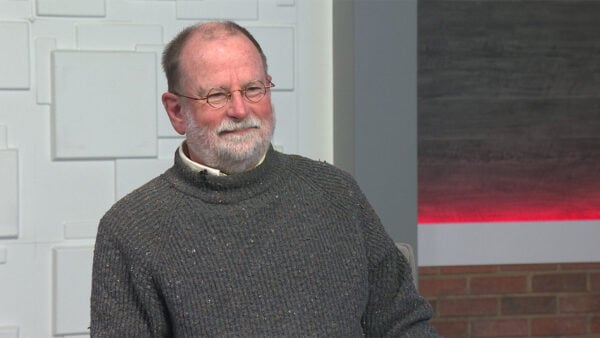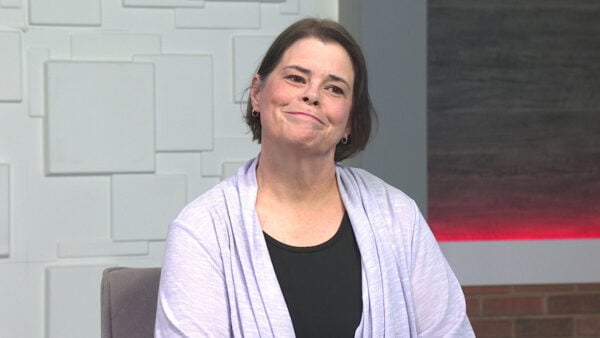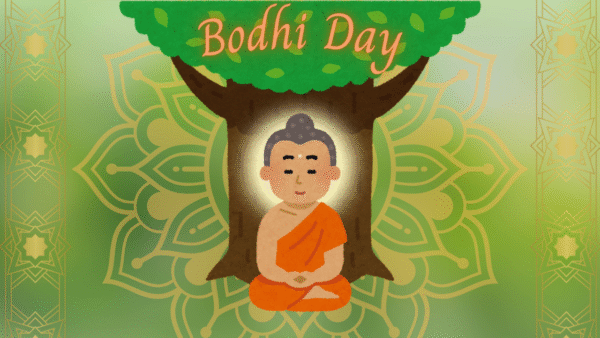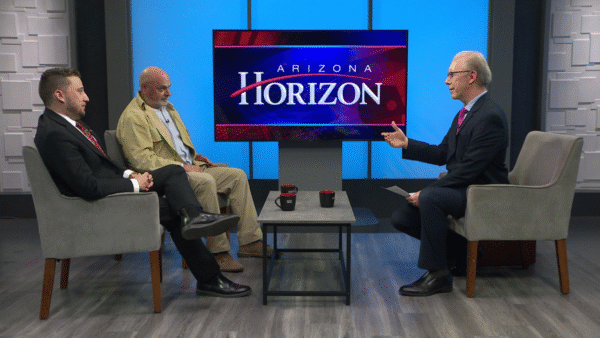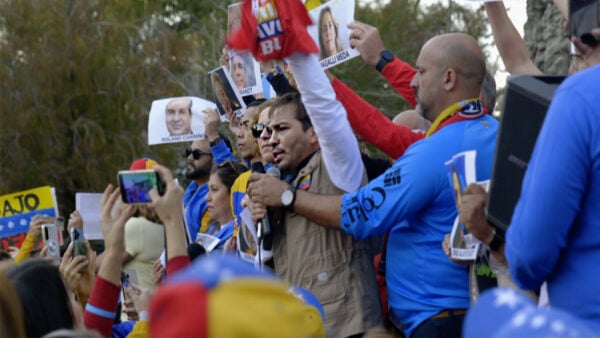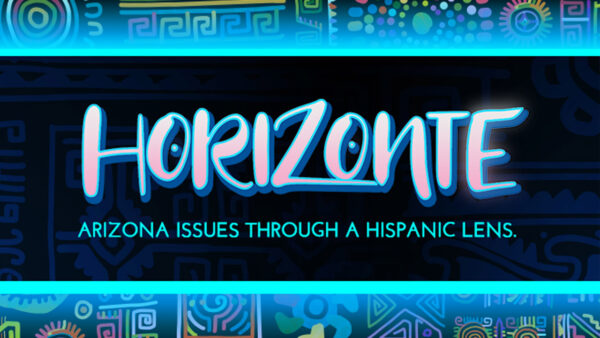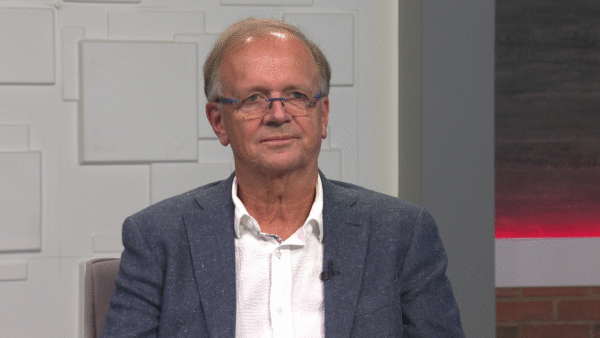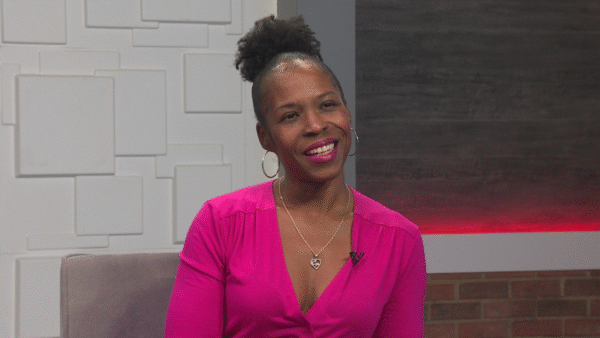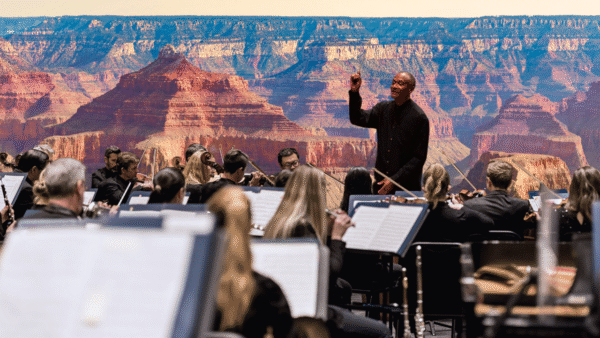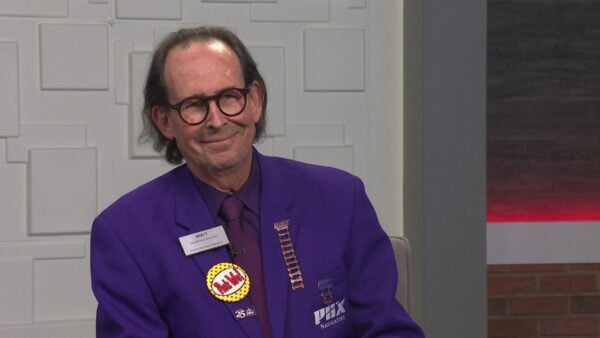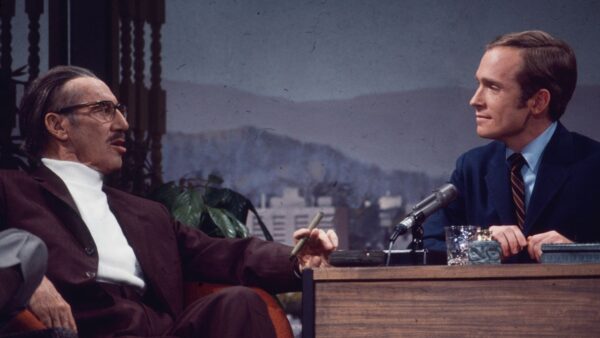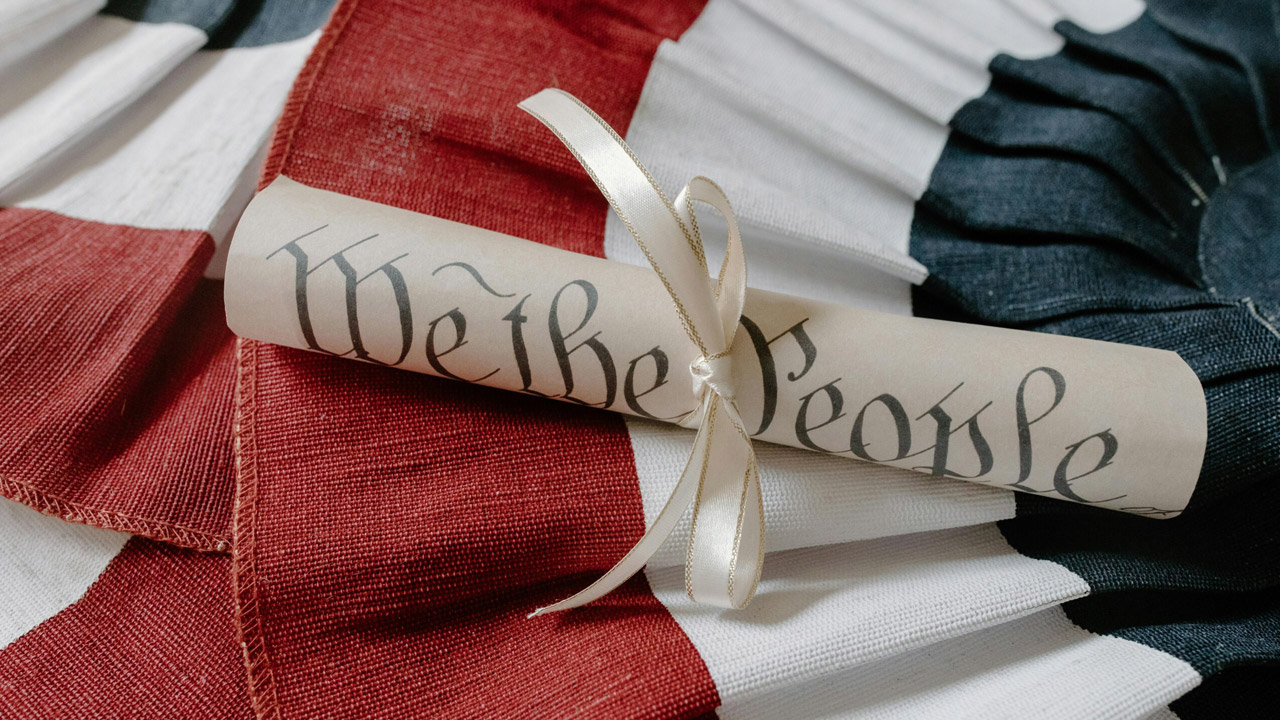
Teaching the American Revolution in today’s society: Lessons for the 250th anniversary
Oct. 23
The American Revolution is more than a series of battles and documents; it is a living story that continues to shape our nation. As we mark the 250th anniversary of this defining era, educators have a powerful opportunity to go beyond memorization and engage students in exploring how the Revolution’s ideals, conflicts and consequences remain relevant today.
Why the Revolution still matters
At its core, the Revolution was about questions that still echo in our society: What does freedom mean? How should power be shared between the government and the people? Who should be included in “We the People?” These timeless debates give students the chance to connect 18th-century struggles to modern issues of democracy, rights and representation. By teaching the Revolution as an unfinished conversation, we invite students to see themselves as active participants in shaping its legacy.
Four teaching approaches for the 250th anniversary
1. Use multiple perspectives – Invite students to think like revolutionaries. Instead of simply memorizing events, have them step into the shoes of farmers, enslaved people, women, Loyalists and Patriots through role-plays, debates or creative writing. The Revolution was not experienced in the same way by everyone, and exploring these diverse perspectives helps students understand both the progress and the limitations of revolutionary ideals.
This kind of perspective-taking does more than bring history to life; it cultivates empathy, critical thinking and the ability to wrestle with complexity. Seeing the Revolution through the eyes of an enslaved person hoping liberty meant freedom, a Loyalist fearing chaos without the British crown, a woman asking that her voice and contributions be recognized or a Native American community weighing alliances for survival reveals that history is a collection of competing hopes, fears and experiences. Students learn that democracy thrives when multiple voices are considered and that real understanding comes from seeing the world through more than one lens.
2. Make connections to today – One of the most effective ways to make the Revolution resonate with students is to connect its debates to issues they encounter in their own world. When they realize that the same questions about power, fairness and freedom continue to shape today’s headlines, elections and social movements, history feels immediate and relevant. These parallels also highlight that democracy is not a finished product but an ongoing experiment requiring civil debate and active participation.
For example, colonists’ demands for taxation with representation mirror modern struggles over voter access, gerrymandering and civic participation. This shows the fight for a meaningful voice in government continues.
Revolutionary pamphlets and propaganda, such as “Common Sense” or Paul Revere’s Boston Massacre engraving, functioned much like today’s social media, memes and viral content. They were, and continue to be, powerful tools for shaping opinion and mobilizing action. Likewise, the Revolution’s global influence, which inspired movements in France and Latin America, parallels how U.S. democracy continues to ripple worldwide, sparking both celebration and critique in the 21st century.
By drawing these parallels, students see the Revolution not just as history, but as part of a continuing dialogue about freedom, rights and power, debates they themselves will inherit and shape.
3. Incorporate primary sources and visuals – Letters, political cartoons, maps and broadsides allow students to experience the Revolution through the voices and images of the time. A pamphlet like “Common Sense” offered fiery rhetoric that stirred colonists to action, political cartoons used symbolism and exaggeration to rally support, and maps revealed the high stakes of troop movements and battles. These sources show communication was just as central to the Revolution as muskets and marches.
To deepen connections, teachers can pair historical sources with modern visuals such as tweets, memes, infographics and protest posters. “Common Sense” might be analyzed alongside a viral op-ed, while Revere’s engraving of the Boston Massacre could be compared to a political meme designed to spark outrage. A colonial broadside calling for resistance can be placed beside a 21st-century protest flyer, and a battle map can be analyzed next to an infographic about election turnout. Such comparisons highlight continuity in how media has been used across centuries to rally support, shape opinion and mobilize people for change.
Try using Canva to create engaging visuals like infographics, posters and presentations.
This approach not only strengthens historical thinking, but also equips students with tools to analyze bias, reliability and persuasion across different eras. Ultimately, it teaches students that while the methods of communication evolve, the struggle to win over the hearts and minds of the people remains central to democracy. The Revolution may have been fought with muskets, but it was ultimately won with ideas, and those ideas continue to matter today.
4. Foster reflection and civic engagement – Teachers can close lessons by asking reflective questions such as: What does it mean to be a revolutionary today? How do we carry forward ideals of liberty and equality in a diverse 21st-century society? These questions will spark reflection and conversation that move students beyond memorization and into personal and civic reflection. Ultimately, this will show that the Revolution is not a completed event, but an ongoing call to action.
Students can then turn reflection into practice by designing service projects, civic campaigns or community initiatives that bring revolutionary ideals to life. They might organize voter registration drives, create awareness campaigns on issues of fairness and equity or volunteer with local organizations that embody liberty and justice. These activities can help students connect history to lived experience, allowing them to see themselves not only as learners of history but as active participants in shaping the democratic experiment that began with the Revolution.
A legacy that belongs to all of us
The 250th anniversary is not just a commemoration; it is an invitation. Teaching the Revolution today means honoring its achievements while also grappling with its unfinished promises. By guiding students to wrestle with the complexity of liberty, power and identity, we prepare them to be thoughtful citizens who understand that democracy is always a work in progress. The Revolution belongs to all of us, not as a story of the past but as a challenge to carry its ideals forward and to ensure they are more fully lived out in every generation.
See the Arizona PBS American Revolution page for more inspiration on lesson planning.
What are some other ways educators can teach the American Revolution in today’s society? Share them with us on the Arizona PBS Kids Facebook page!
About the author
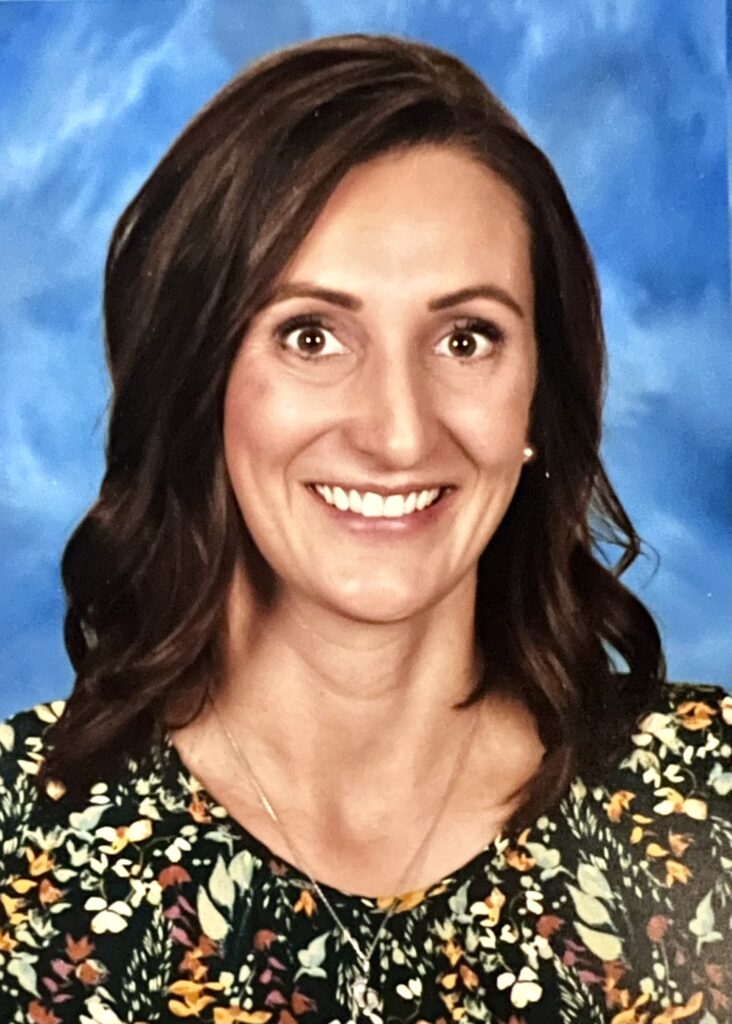
RikkiLynn Archibeque is in her 11th year of teaching in Arizona and has a bachelor’s degree in history from the University of Notre Dame, a master’s degree in secondary education from Indiana University and a master’s degree in learning sciences from Arizona State University.
She currently teaches high school history and government and is a cross country and track and field coach. She is also the wife of a high school administrator, Jake, and the mom of a gifted third grader, Cruz.


